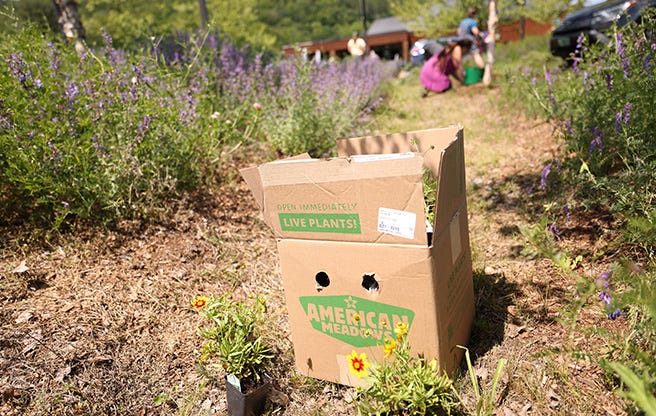Polar Bear Gladiolus
SKU: AM018864
Shipping:
Shipping begins the week of May 6th, 2024
Overview
Snowy white ‘Polar Bear’ Gladiolus shines bright in your garden or cut flower display. Prolific flowers are perfect for elegant monochromatic or romantic moonlight gardens. These lovable and easy-to-grow flowers offer a striking vertical accent with smooth sword-shaped foliage. Watch for visiting hummingbirds!
key features
Botanical Name
Gladiolus 'Polar Bear'
Advantages
Attracts Hummingbirds, Deer Resistant, Easy To Grow, Cut Flowers
Growing Zones
Zone 3, Zone 4, Zone 5, Zone 6, Zone 7, Zone 8, Zone 9, Zone 10
Hardiness Zone
Zone 8, Zone 9, Zone 10
Annual in colder zones
Light Requirements
Full Sun
Soil Moisture
Average
Mature Height
4-5 ft tall
Bulb Spacing
4 per sq ft
Bloom Time
Mid summer until frost
SKU
AM018864






